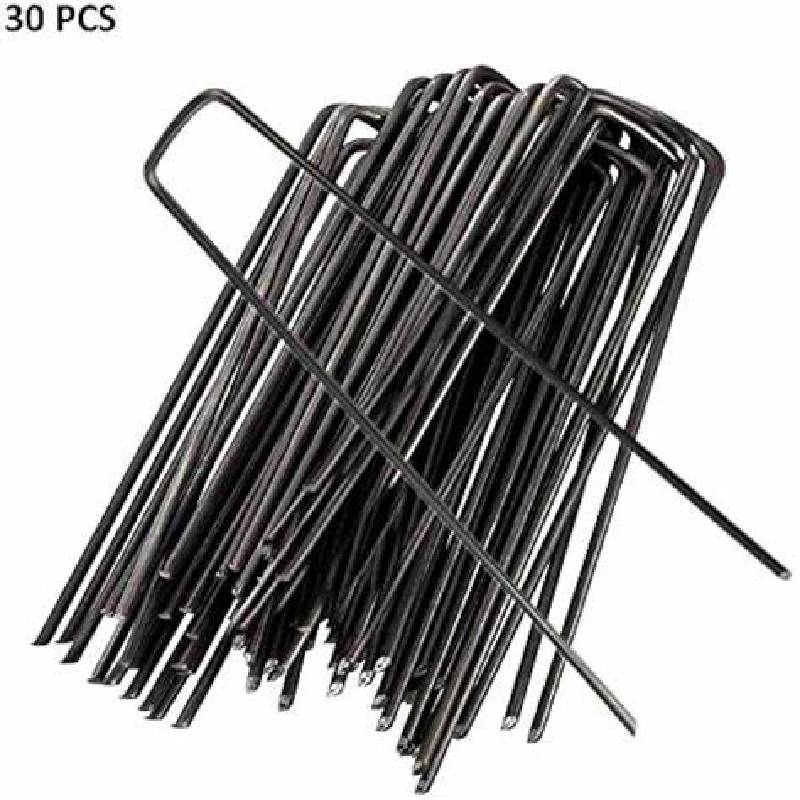
- Mobile Phone
- +8613931874955
- sales@cntcmetal.com
Coil Springs for Round Wire Applications in Industrial and Commercial Uses
Understanding Round Wire Coil Springs Applications and Benefits
Round wire coil springs are mechanical devices designed to store and release energy. These springs are widely used in various applications due to their unique properties and versatility. From automotive industries to consumer products, round wire coil springs play a crucial role in ensuring the functionality and efficiency of numerous systems. This article delves into the characteristics, manufacturing processes, applications, and benefits of round wire coil springs.
Characteristics of Round Wire Coil Springs
Round wire coil springs are characterized by their helical shape, which allows them to exert a force when compressed, extended, or twisted. Commonly made from high-carbon steel, stainless steel, or other alloys, these springs can be adapted to meet specific needs. The diameter of the wire used, the number of coils, and the spring's overall dimensions significantly influence their performance characteristics, such as stiffness, load capacity, and fatigue resistance.
One of the key metrics of round wire coil springs is their spring constant, which determines how much load the spring can support at various lengths. The design of the coil also impacts its ability to absorb shock and resist repeated use. As such, engineers must carefully calculate and optimize these factors to ensure that the spring meets the required specifications for its intended application.
Manufacturing Processes
The manufacturing of round wire coil springs typically involves several stages, including material selection, wire drawing, coiling, heat treatment, and surface finishing.
1. Material Selection The choice of material is critical as it directly impacts the spring's durability and performance. High-carbon steels and stainless steel are popular choices, but other alloys may be chosen based on specific requirements.
2. Wire Drawing The raw material is drawn through a series of dies that gradually reduces its diameter. This process enhances the mechanical properties of the wire, making it suitable for spring applications.
3. Coiling The drawn wire is then wound into a coil shape using specialized coiling machines. The precision of this process is vital for ensuring uniformity and consistency in the finished product.
4. Heat Treatment To enhance the strength and elasticity of the coil spring, heat treatment is employed. This process involves heating the spring to a specific temperature and then quenching it to lock in its properties.
5. Surface Finishing The final stage involves surface treatments to enhance corrosion resistance and improve the spring's performance and longevity. This may include processes like shot peening, coating, or plating.
Applications of Round Wire Coil Springs
Round wire coil springs find applications in a variety of sectors
round wire coil spring

- Automotive They are commonly used in suspension systems, clutch assemblies, and throttle controls. Their ability to absorb shocks enhances ride comfort and vehicle stability.
- Industrial Machinery In manufacturing equipment, these springs help in various functions, from tensioning belts to maintaining pressure in hydraulic systems.
- Consumer Products Everyday items such as pens, toys, and appliances utilize round wire coil springs for their operational mechanisms. Their compact design allows for their use in small devices where space is limited.
- Aerospace In aircraft systems, these springs provide reliable performance in harsh environments, contributing to safety and efficiency in flight operations.
Benefits of Round Wire Coil Springs
The benefits of round wire coil springs are numerous
- Versatility Available in various shapes and sizes, these springs can be custom-designed to suit specific applications.
- Energy Efficiency They efficiently store and release energy, making them ideal for applications requiring controlled movements.
- Durability With proper selection and heat treatment, round wire coil springs can withstand harsh conditions and provide long service life.
- Cost-Effectiveness The manufacturing processes can be scaled, allowing for cost-effective production, making these springs an economical choice for various applications.
- Ease of Integration Their design allows for easy incorporation into existing systems without extensive modifications, simplifying the manufacturing process.
Conclusion
Round wire coil springs are integral components in many mechanical systems, providing essential functions across numerous industries. Their ability to store energy, absorb shock, and provide reliable performance makes them indispensable in modern engineering applications. Understanding their properties, manufacturing processes, and benefits can guide engineers and designers in selecting the appropriate spring for their projects, ultimately leading to improved efficiency and functionality in their designs.
share:
-
Wall Ties for Concrete: Invisible Guardians of Building Structural StabilityNewsAug.08,2025
-
Timber Frame Wall Ties: Stable Bonds for Load TransmissionNewsAug.08,2025
-
Stainless Steel Woven Wire Mesh: A versatile material from boundary protection to functional supportNewsAug.08,2025
-
Powder Coat Coil Springs: Creating peace of mind and reliability with sturdy protectionNewsAug.08,2025
-
Floor Standing Sign Holder: A Powerful Assistant for Flexible DisplayNewsAug.08,2025
-
Binding Iron Wire: An Invisible Bond for Building StabilityNewsAug.08,2025
-
Yard Sign Stakes: Reliable Guardians of Outdoor SignsNewsAug.04,2025



















